How to remove plasticine from hair?

Questions about how to remove plasticine from the hair, what to do to remove it from the child's head, regularly arise from most parents who are faced with the problem of the consequences of the active creative development of their children. Indeed, adhering pieces of plasticine can cause a lot of inconvenience, and you won't be able to remove them by simply washing your hair. To cope with this task will effectively help a review of ways to remove plasticine from hair using oil or clean it off with ice at home.

How to remove plasticine with sunflower oil?
In a situation where the child's hair has already been stained with plasticine, the main task of the parents is to get rid of the sticky mass as soon as possible. This can be done by softening the polymer particles contained in the material with fats. The easiest way to achieve success is using sunflower oil, as well as any of its analogues - vegetable, massage, cosmetic, animal origin.

Let's consider the procedure step by step.
- Prepare oil and a brush for painting or a regular cotton swab, paper napkins.
- Place the child so that the area with adhered plasticine in the hair is accessible for processing and is clearly visible. The rest of the strands can be collected and separated with an elastic band.
- Dip the tip of a brush / cotton swab in oil.
- Lubricate the surface of the plasticine lump formed on the hair. You need to apply the composition quite abundantly.
- Wait a while. Usually no more than 30 seconds.
- Remove the adhering mass from the hair with a paper towel.
All that remains is to thoroughly wash your hair.Depending on how much oil and other contaminants have gotten onto your hair, you may need to repeat this procedure until all the oils are washed off.
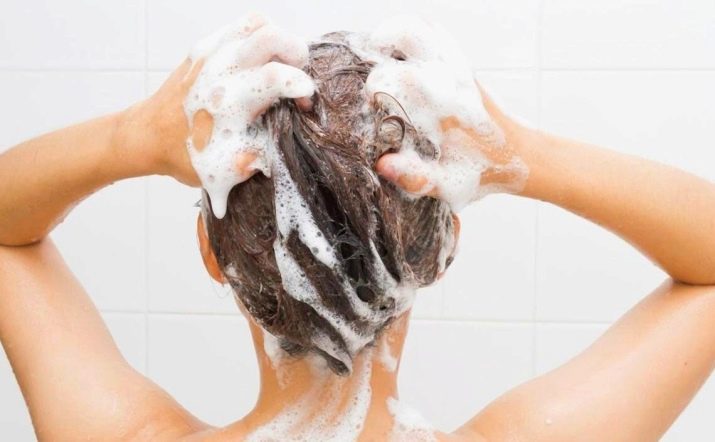
How to pull out with ice?
Plasticine is a material that hardens when cooled or frozen, becomes not so plastic. This property may well be used if you want to get the adhering lump of mass for modeling hair. Of course, you don't have to put your head in the freezer. It will be enough to arm yourself with ice cubes in a bag or any frozen food.
Then the order of actions will be as follows:
- cover the area of adhesion of the plasticine mass with ice;
- wait until it hardens enough;
- crumble the frozen plasticine, remove it from the hair by hand;
- rinse hair with shampoo.
This method is good because it allows you to almost painlessly and quickly remove the adhering substance from the child's hair. In this case, you can not be afraid that he will develop an allergic reaction, and the clay itself will be smeared.
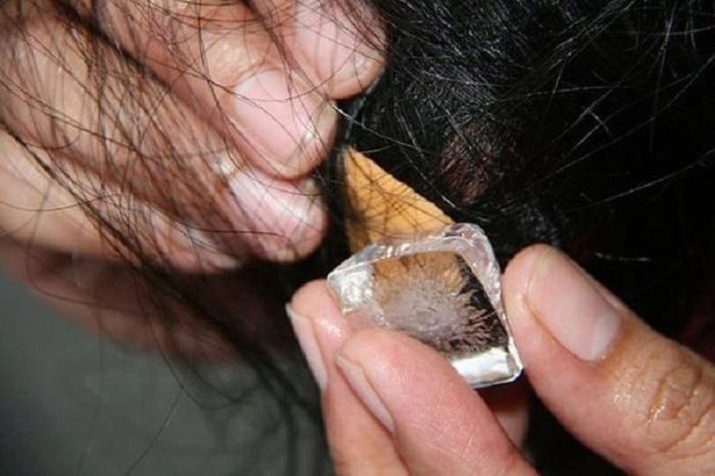
More ideas
The main point to remember before trying to remove plasticine from a child's hair: this substance has a rather complex composition based on fats and polymers, sometimes wax. Accordingly, in most cases it can be exposed to cold or heat, as well as solvents - in this capacity are the components of the material or substances similar to them.
The first thing to do: remove the bulk of the adhered plasticine. For this, both ice and a hair dryer are used - the heated modeling composition also changes its properties, it is easily cleaned off by hand with a napkin. Of course, it will not be possible to completely remove all traces, but the largest of them will definitely be eliminated.
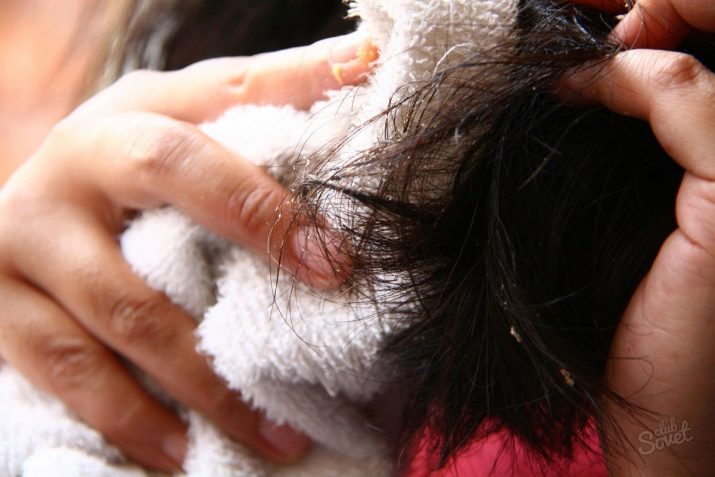
The second stage is more difficult, since the parents will have to not only clean the hair, but also completely remove the greasy marks remaining on the head. You can't just wash them. As already mentioned, at home you can use oil for this, which allows you to remove plasticine from a dense state, making it softer. After that, fat traces can be easily washed off with ordinary hygiene products.

And also you can urgently peel off and remove plasticine from the hair with any fabric on a natural basis. Woolen, cotton or flannel fabrics will do. Let us analyze in more detail how to use it to combat adhered particles.
- Grab the soiled section of hair with a piece of cloth.
- Gently moving from the roots to the tips, pull off the adhered plasticine. The strand to be treated at this moment must be held by the hand at the base, so as not to hurt the child.
- Repeat with a clean piece of cloth. This will remove those residues that could not be cleaned off immediately. It is better to use fleecy flannel - it removes more dirt.
- Comb the hair thoroughly with a fine, fine-toothed comb.
- Treat cleansed hair with soap, rinse. Then cleanse your entire head with shampoo.


In the absence of an opportunity for emergency washing of the head, alcohol will help to safely and painlessly remove the plasticine from the strands. You can use a cosmetic lotion or medical solution, or a food grade made for culinary purposes. Alcohols, when in contact with plasticine, dissolve it, allowing you to get rid of the adhering lump where it cannot be removed in other ways.
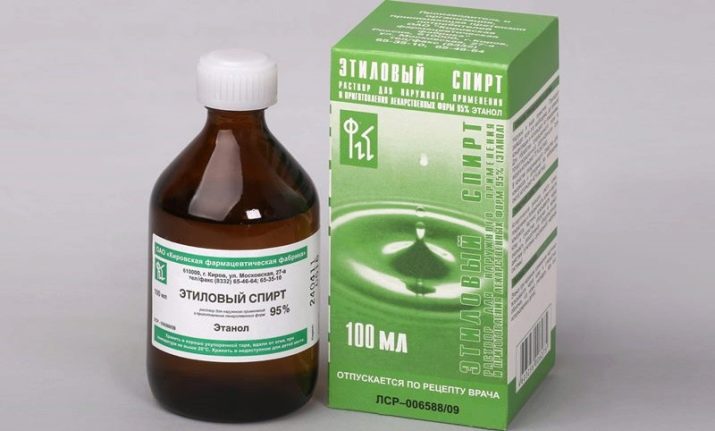
The cleaning procedure in this case includes a number of steps.
- A piece of cotton wool or a cosmetic make-up removal disc is placed under the contaminated area. It will absorb excess moisture.
- An alcohol solution is applied to the second disc or piece of cotton wool. It is applied to the surface of the plasticine lump.
- It is necessary to withstand alcohol on plasticine for about 5-10 minutes. It is important to periodically additionally moisten the cotton wool, since alcohol tends to evaporate.
- The melted mass will partially fall on the enclosed disk. The rest will be removed with cotton wool or removed with a piece of cloth.
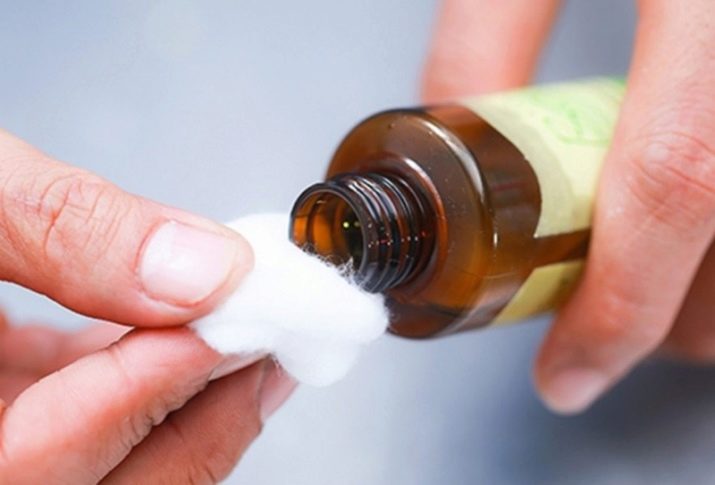
The good thing about this method is that it doesn't make your hair too greasy. If it is not possible to immediately wash your hair, alcohol solutions should be used to clean the plasticine.
With a slight contamination of the hair with a sculpting mass during the game, you can do without additional tweaks. Simply pick up visible dirt with your hands. The rest will be washed off with usual means during bathing. For babies with delicate skin, it is better to use well-foaming balms or foams to clean the strands of hair from plasticine. They are more delicate and have a delicate effect on the hair.





